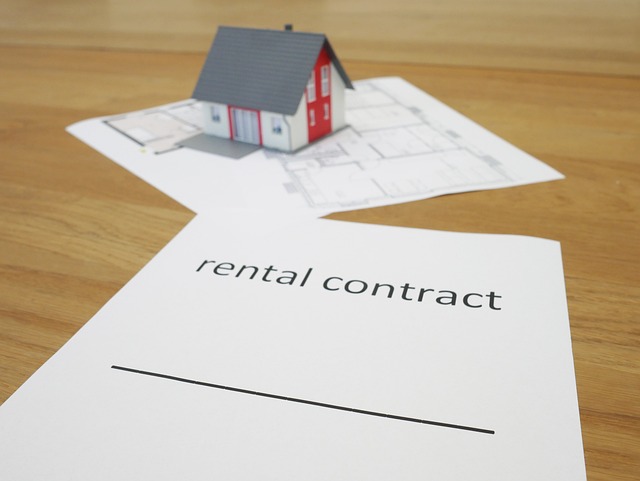Bridging the Skills Gap: A Replicable Model for Industrial Excellence
As industries relentlessly advance, a growing skills gap can't be ignored. Achieving industrial brilliance requires a replicable, adaptable model to bridge this gap.

The Emergence of the Skills Gap
Fast-paced industrial progress is creating significant strains on workforce readiness. This widening skills gap, rooted in the rapid development of new technologies and emerging business models, has become a major concern across the globe.
This problem originated when the increasing complexity of machines and systems outpaced the abilities of the workforce. The rapid shift to more technologically advanced operations began driving a wedge between what employees knew and what they needed to know.
Today’s Business Trends and Insights
The current world is experiencing significant shifts in operational modes, predominantly influenced by advanced industrial technologies. This has driven a skill mismatch, where the demand and supply of skills do not align. The World Economic Forum predicts that more than half of all employees will require significant re-skilling and upskilling by 2025.
Overcoming the Skills Gap
The remedy lies in detailed workforce planning, emphasizing skills development and talent acquisition. Enterprises need to adopt a scalable model and strategic planning to anticipate and adapt to new operational abilities.
Specific measures include robust training and education programs, promoting lifelong learning, forming alliances with educational institutions, and fostering high levels of workforce adaptability.
The Benefits and Risks of Addressing the Skills Gap
Smoothing the skills gap delivers significant benefits, like increased productivity, superior yield quality, and improved employee satisfaction. It sparks innovation and a more dynamic working environment.
Nonetheless, the challenge is enormous, carrying risks of failing investments, difficulties in implementation, and potential slowdowns in short-term productivity.
Actionable Insights and Strategies
- Carry out a regular skills audit to clearly identify skill insufficiencies.
- Establish a culture of continuous learning and development.
- Foster close collaborations with academic institutions to influence curricula and create a talent pipeline.
- Respect talent diversity, deploying individuals where their skills will be most beneficial.
Tying it Together
The ever-evolving industrial realm calls for adaptive, skilled workers. By acknowledging the changing dynamics and taking concerted measures, businesses can continue to thrive despite the imposing challenge of the skills gap. Crafting an educated, competent workforce isn’t merely a distinct advantage—it’s an absolute necessity in today’s technology-driven industrial landscape.




